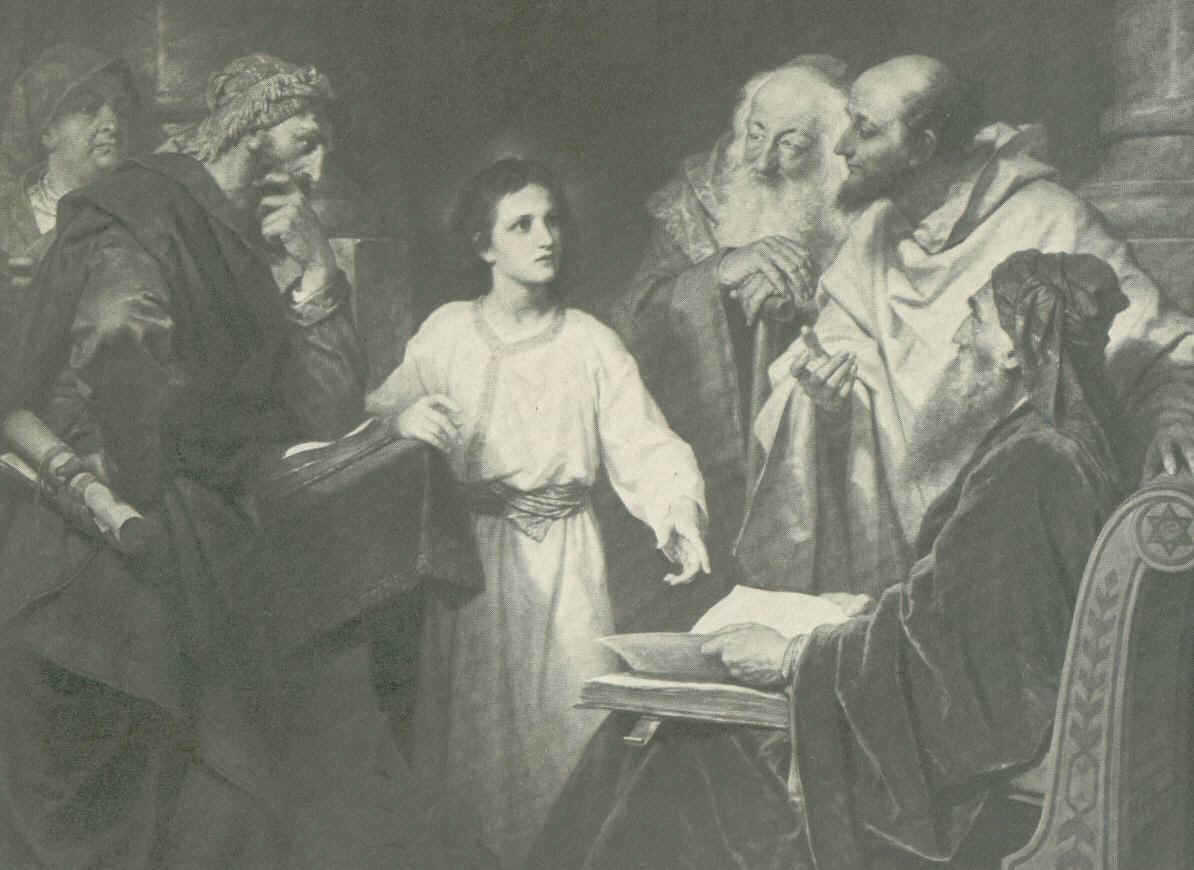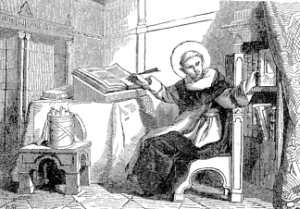A couple of thoughts on a couple of comments
I do not know what the pope actually said in his in-flight comments about marriage (or even what language he spoke in) or what various listeners took his meanings to be, but a few thoughts on what was reported as having been said by the pope in the National Catholic Register might be useful for those trying to understand the deeper issues in play here.
In his response, Francis stressed that with [Mitis Iudex] he has closed the administrative path that could have led to divorce. “Those who think this is ‘Catholic divorce’ are wrong because this last document has closed the door to divorce by which it could have entered. It would have been easier with the administrative path,” he said.
I do not know what “administrative path” to divorce there was to close. The Church does not “do” divorces, administratively or otherwise, and annulments (even documentary cases) are judicial procedures. Also, civil divorce per se is not forbidden to Catholics. CCC 2383. Divorce followed by remarriage is what raises issues.
“[Mitis Iudex] facilitates the processes and the timing, but it is not divorce because marriage is indissoluble when it is a sacrament.”
Marriage is indissoluble by natural law itself (not by a ‘sacramental’ character). By this assertion canonists mean, in brief, that the parties cannot dissolve their marriage nor can the State. This stability is known (unhappily, in my opinion) as “intrinsic indissolubility”. There is still room, however, for some outside things to dissolve a merely intrinsically indissoluble marriage, notably, the Pauline Privilege and Petrine authority.
“And this the Church cannot change. It’s doctrine. It’s an indissoluble sacrament.”
The sacrament of matrimony enjoys the indissolubility of natural marriage and, in virtue of its sacramental character, it enjoys a “special firmness” (see Canon 1056). Thus, upon the exchange of consent to matrimony (here, marriage between two baptized people), that union is a sacrament and is not liable to, say, the Pauline Privilege, but it could still be dissolved by extraordinary papal intervention (a very rare occurrence). But, once a matrimonial union is “consummated” (something basically presumed after the wedding night, per Canon 1061), not even papal authority can dissolve it, a condition known as “extrinsic indissolubility.”
“There’s one [tribunal] sentence, then another sentence and after there’s an appeal, there’s the appeal then another appeal. It never ends,” [Francis] said.
A marriage thought to exist between two parties can currently be declared null after one trial and a confirmation of nullity by second instance. There are no required appeals after the one mandatory appeal, nor are there mandatory appeals after those appeals, etc. Parties do have a canonical right to appeal a second instance decision, and a few choose to exercise that right. A few examples of rare serial marriage appeals are analyzed in John Noonan, Power to Dissolve (1972), but the ‘never-ending marriage case’ is a myth used by some to ridicule the Church’s institutional efforts to defend marriage and reflects, moreover, an under-appreciation of what it means to say that “status of persons” cases are never res iudicata (Canon 1643-1644). Mitis does nothing, and could not do anything, to eliminate elective appeals of marriage cases beyond what canon law already does to stem pointless procedures (well, not without damaging the ability of canon law to function as a true legal system, it couldn’t.)
“The Pope noted that [mandatory appeal of first instance decisions is] not something essential to the process.”
The pope is correct and he eliminates mandatory second instance in Mitis. I, among others, have argued for this elimination for some time. Some impressive canonists hold otherwise.
Perhaps two points to take from the above might be that, whatever reforms to canon law of marriage are envisioned, reformers must understand that (a) canon law terminology reflects some profound doctrinal and juridical values, and (2) those discussing the canon law of marriage must know what those terms mean and don’t mean, as the case may be, for the discussion to be useful.



Comments are closed.